27 hours earlier…
We had left Salt Lake around lunch time on Friday the 17th to get to St. George with about 90 minutes of light left to look for the bird. The trip down went quickly and before we knew it we were parked just off Green Springs Drive looking for Utah’s 1st ever STREAK-BACKED ORIOLE. Kenny Frisch and I had waited a couple weeks since the bird had started being reported regularly--and luckily it had been seen that morning. We had high hopes. Spending the following hour and half wandering up and down the streets, scanning the trees, bushes, and birds we began to wonder if there had been an accident. The flyover SHARP-SHINNED and RED-TAILED HAWKS didn’t alleviate those feelings. Keeli Marvel was looking as well but even with 3 set of eyes there was no oriole.
Flyover Sharp-shinned Hawk at Green Springs
As we left Merrill Webb and his wife arrived finding they had the right area--we talked about returning the next morning, when hopefully our luck would have turned. Kenny and I headed off towards the Beaver Dam Slope as darkness fell over Washington County. By the time we turned off the truck it was 20 degrees cooler than when we were looking for the oriole, and you couldn’t see 10’ in front of you in the dark. Being early I threw The Big Year on my iPad and we watched how ridiculous birders are before finally calling it a night. Sometime in the middle of the night a GREAT HORNED OWL started calling from one of the trees nearby--my first owl of the year. It was one of the coldest nights I remember camping in the open air--and by 4:45am I was wide awake and ready to go birding.
Some time around 6:00am we decided to pack up and head back towards St. George so we could be at the oriole spot by 8:00am. We made it in about an hour and found a birder named Matt Orsie from back east just starting to look around. A short time later Merrill Webb and his wife arrived, and shortly after that Rachel LeBlanc, Vivian Schneggenburger, and Heather Dove showed up. While the first 5 of us that showed up were in front of the Chaparral Subdivision scanning and waiting, the 3 ladies from up north were about a block away when all of the sudden we saw arms waving to come their way--they had found the bird!
Utah's 1st Streak-backed Oriole at Green Springs
I always enjoy seeing the different degrees of individuals urgency in regards to seeing a new and/or rare bird. There are several different types of birders. The “jog-sprinters”--those who rush to get there ASAP--its not a full on sprint, but long and swift strides where the birder must keep their optics from banging into their face as they bound towards the bird, for worry that it may fly away or be eaten by a predator any second. Then there are the true “speed-walkers”, who briskly walk towards the bird--they understand the magnitude of the sighting and want to get there quickly, but also carefully. The 3rd type is the “it’s not going anywhere” birder, that walks at a normal or slightly accelerated pace, scanning intently knowing they will get the bird even if a fraction of a minute slower than the others.
Utah's 1st Streak-backed Oriole at Green Springs
Well on this occasion I saw all three types. I followed the jog-sprinters, and the speed-walkers, arriving at the tree a few seconds later--and there the bird was in all its rare-splendor, 20’ away, still alive and eating something in the trees. My lifer and the Utah first STREAK-BACKED ORIOLE.
Utah's 1st Streak-backed Oriole at Green Springs
As we watched the bird flew right over us towards the other side of the street and the trees right in front of the Chaparral Subdivision where we had expected it. For the next 45 minutes we watched as it worked the trees here, then flew back across the street to the tree where it originally was, then repeating the route. We figured out shortly thereafter that it was coming to the trees on the opposite side of the street for jelly that someone had put on the limbs of a couple branches in the trees.
Utah's 1st Streak-backed Oriole at Green Springs
After getting our fill of the bird, everyone split up and headed out for their own birding for the day. Kenny and I headed over to Quail Creek to try for a previously reported Winter Wren. We didn’t find the wren but did have a NEOTROPIC CORMORANT and 75 or so Common Mergansers. A handful of HOODED MERGANSER rounded out the birds of note.
From here we checked Berry Springs Marsh but didn’t see anything of note. Stratton Pond had the usual flock of GREATER SCAUP, as well as a few Canvasback, Redhead, Ring-necked Duck, and other ducks. We spent about an hour wandering around the neighborhoods nearby for Inca Dove but had no luck.
We checked for wigeon at Sky Mountain Golf Course. The flock wasn’t on either of the ponds they usually are at, but were in the pond that is usually surrounded by tall reeds and trees and not visible on the southeast edge of the course. There were a few hundred AMERICAN WIGEON but nothing of note.
Our next stop was the Hurricane Fields which weren’t overly birdy--a beautiful dark FERRUGINOUS HAWK was a pleasure to see.
Dark Ferruginous Hawk in the Hurricane Fields
Along the south edge of the fields heading towards Sand Hollow we stopped in the Cholla Patch where 3 CACTUS WREN provided excellent looks and photo ops.
Cactus Wren on Cholla Cactus in Hurricane Fields
Dropping down towards the reservoir we stopped in the sage flats and picked up 3 SAGEBRUSH SPARROW--the local variety of the recently split Sage Sparrow. There is some chance that the Bell’s Sparrow may occur in southwest Utah in the winter but I’m not sure that without vocalizations it would be possible to verify given the subtle differences in plumage.
Sagebrush Sparrow in the sage at Sand Hollow State Park
At the reservoir we started scanning and quickly located the RED-NECKED GREBE that has been overwintering. There were also 3 COMMON LOON on the water along with 1,000’s of waterfowl that included all 3 species of Merganser, and gobs of Ruddy Ducks.
Record shot of the overwintering Red-necked Grebe at Sand Hollow
Leaving the lake we swung over to Wilson’s Peach and Pecan Orchard. There was a RED-NAPED SAPSUCKER but not much else. Cutting across Washington Dam Road it was a shock when we hit a highway that wasn’t there last May. The dirt road that used to cut through the back country was gone, and replaced with 4 lanes of high speed cement--after all the folks from Washington City and St. George, need to get to Sand Hollow 5 minutes sooner than they would taking the interstate and SR-9. I was stunned at how fast this road went in and how one of my favorite drives along a less-birded stretch of the Virgin River is now basically destroyed. After finally getting back to Sand Hollow we opted not to take the new road and instead check out the SR-9 Sewage Ponds where Kenny spotted a LEAST SANDPIPER and a nice winter find for Utah, a DUNLIN!
We then scanned the hundreds of RING-NECKED DUCKS on the lowest pond in hopes of finding something mixed in--no luck there. We wanted to make it out to Lytle before dark to do some birding, but also wanted to grab a bite at Irmita’s Mexican joint on St George Blvd. Kenny won a free Torta his last visit for finishing their mega-Torta sandwich in less than 15 minutes, so he cashed his ticket in and devoured one in less than 5 minutes.
Kenny devouring the giant Torta in under 5 minutes...
If you go birding in St. Geroge you need to stop into Irmita's on St. George Boulevard and give their authentic Mexican street food a shot. My personal favorite is the Mulita!
Meanwhile I enjoyed my Carnitas Tacos and Carne Asada Mulita, before we jetted off towards Ivins Reservoir where there were plenty of waterfowl. We made it to the slope with a couple of hours of sunlight left. A GREATER ROADRUNNER sprinted across the road while we drove towards Lytle Ranch--the only other birds we saw were House Finches.
My favorite view of Lytle Ranch from the Bluffs Above
At the ranch we saw Vivian. Heather, and Rachel’s vehicle--with one of our newest stickers on board--Thanks Ladies!
Utah Birders 2014 Western Tanager Sticker!
The ranch was pretty active with the usual suspects. We had an interesting sparrow in the orchard but didn’t get great looks before it disappeared--initial thoughts were something Ammodramus… A small flock of WILD TURKEY with a partially leucistic bird ran along the river. The milo fields were filled with sparrows but we couldn’t turn up anything unusual. There were 3 random birds at the ranch though--a WESTERN SCRUB-JAY, which I think was my first here. There was also a TOWNSEND’S SOLITAIRE, and a MOUNTAIN CHICKADEE--both fairly uncommon in the Mojave.
Wild Turkey flock heading to the river at Lytle Ranch
We stayed till dark when a GREAT HORNED OWL started calling from the river. As it began to get dark 2 LONG-EARED OWLS emerged from the campground area and flew off to hunt. Finally we called in a couple WESTERN SCREECH-OWLS before we headed towards camp for the night.
This Western Screech-Owl did its best to avoid being seen high in the trees
And that’s where this story started off. Almost to our camp I heard the front passenger tire blow. I stopped the truck on as flat a spot as possible and threw on the parking break--the tire went completely flat in seconds with a ¾” long gash in the treads. In pretty quick time we got the truck jacked, tire off and then replaced and rolled into our camp. We planned on going back to Lytle in the morning but because of the flat I didn’t want to risk driving on any more dirt roads that we had too. So we decided to relax and made a fire to chill out by and figure out what to do the next day. The night was much like the night before--except no owl. We woke a little later when it was lighter and headed back into town, stopping 1st at Entrada for the ROSS’S GOOSE that has become a staple here the last 3 winters.
The now "resident" Ross's Goose at Entrada
There were also 2 GREAT EGRET, a few Hooded Mergansers and a number of other waterbirds here.
Great Egret posing in the Sun at Entrada
Since we still had time till any tire places were open we went to Tonaquint Pond where an ABERT’S TOWHEE was calling, and 2 MUTE SWANS were joined by a handful of RING-NECKED DUCKS on the pond.
Pair of Mute Swan at Tonaquint Park
2 of a handful of cooperative Ring-necked Ducks at Tonaquint Park
Springs Estate pond had a couple of ABERT’S TOWHEES as well. The SNOW GOOSE that has been here the last 3 winters was also present, but otherwise the pond was rather empty. Kenny managed to pick up CRISSAL THRASHER near the river on the far side of the pond.
Abert's Towhee in the trees at Springs Estate Pond
In the Washington Fields we saw a number of AMERICAN PIPITS hanging out on the power lines--something I don’t recall seeing before. There were a few Red-tailed Hawks, Northern Harriers, and American Kestrels. We saw at least 2 CACKLING GEESE with a large flock on the north edge near the 2 ward houses in Washington City.
Cackling Goose at center very bottom--Washington Fields
At this point it was time to see about getting a tire to replace the one that was shredded. The tie place was closed on Sunday’s so we headed towards Wal-Mart when the tire monitor bleeped on again and I could see the back passenger tire losing pressure--are you freaking kidding me.
As we pulled into the automotive area I could see the puncture, and that this tire was also going to be unrepairable. The store only had one tire to fit my truck so after replacing one, we left the spare on and headed back to Salt Lake--with anymore birding being a wash. These blowouts were number 2 dn 3 in the past 12 months, and the 4th and 5th flats in the last 15 months with my truck. It’s amazing the money you spend on a truck and the manufacturer doesn’t bother to put tires on that can take the beating a truck puts on them.
Denver Broncos Running Back Montee Ball . Photo by Rick Wilking/Reuters
On the way home we listened to the Broncos beat the Patriots in the AFC Championship--Kenny lamented that maybe I had to sacrifice my tires so the team I cheer for could make it back to the Super Bowl… I guess I can buy that. A week later I took my truck in and put a brand new set of Big-O Big Foots on--and hopefully my tire woes will go away for a few years.
Big-O Big Foots are made for all terrain and can take a beating on Utah's Dirt Roads...
The trip was a great success bird wise--we nailed our target, and picked up a bunch of other great birds during our Saturday birding around Washington County. And of course a great story to go along with the birds!
Labels: camping, mojave desert, orioles, rare birds, Streak-backed Oriole, washington county, winter
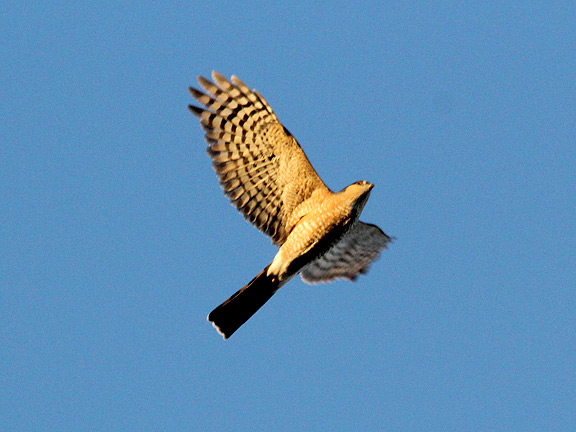
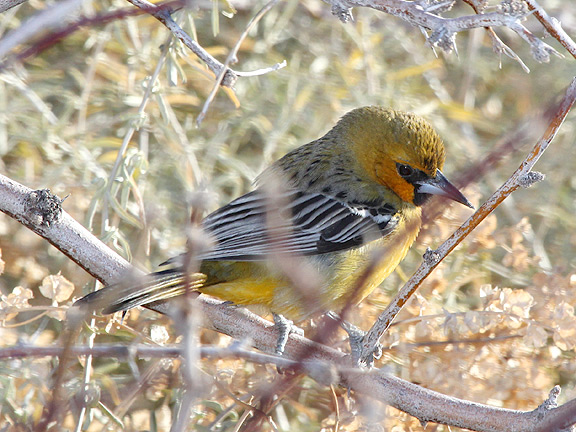
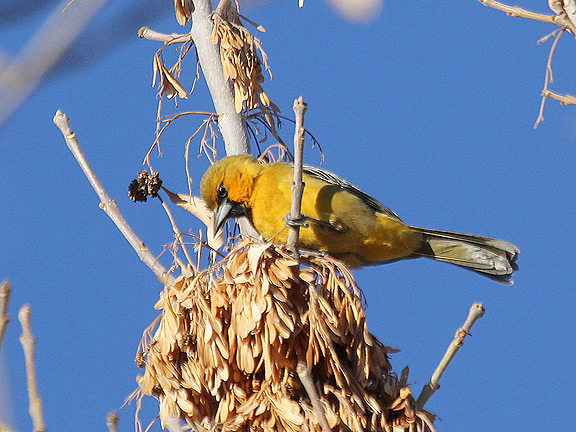
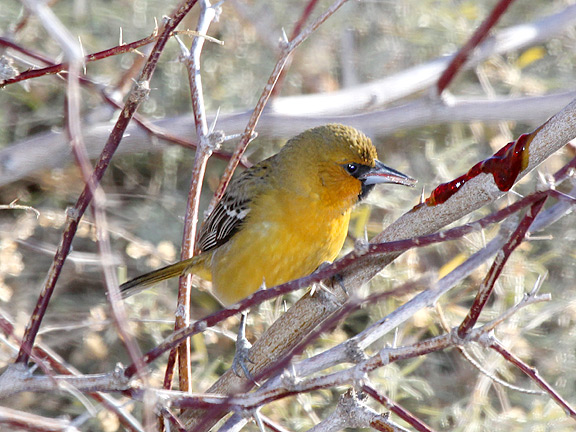

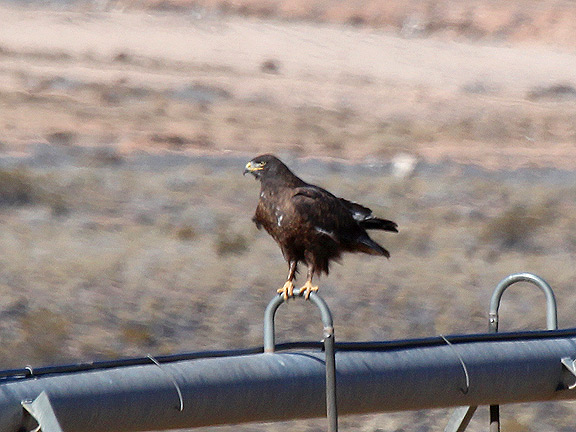


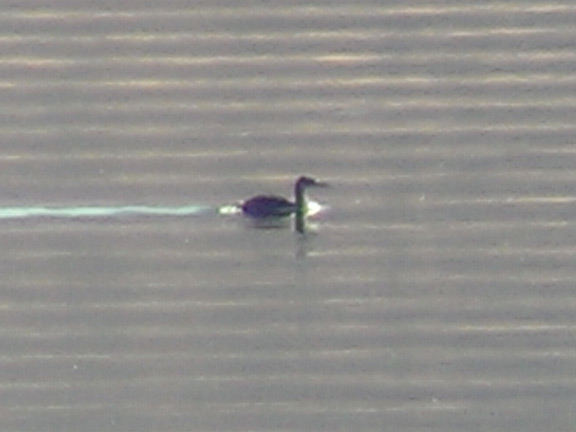
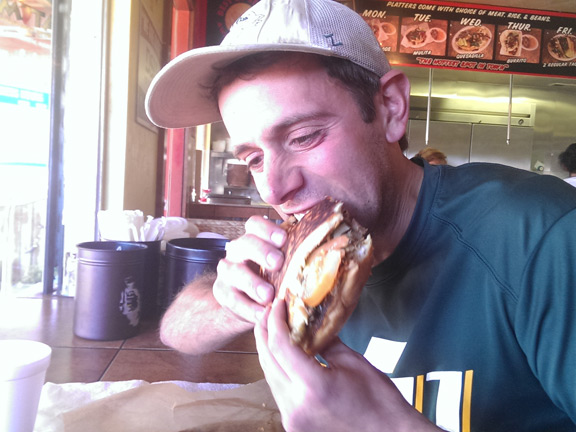


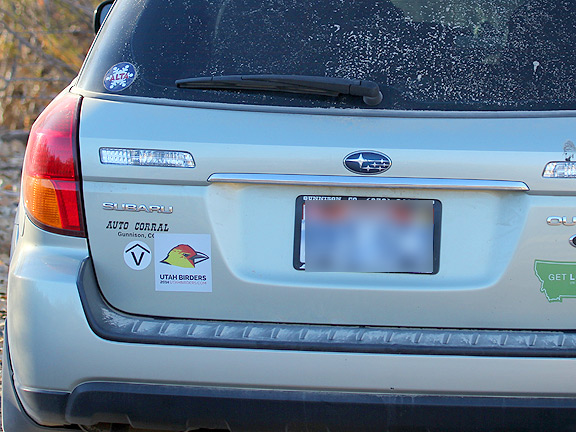
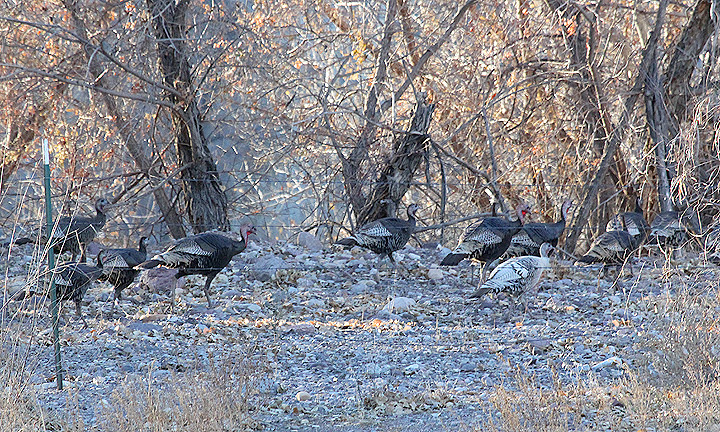
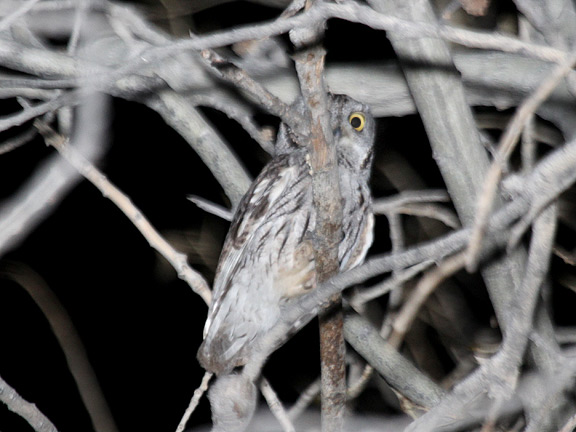

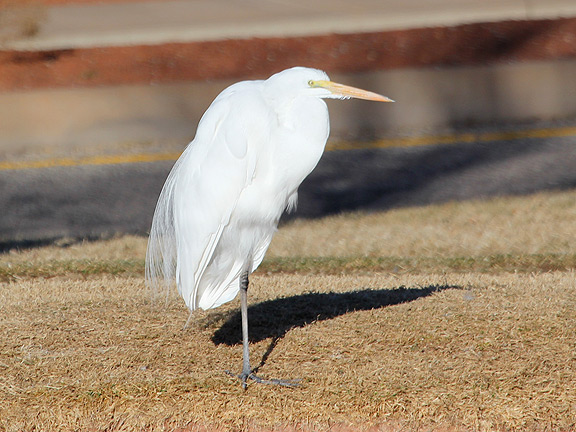
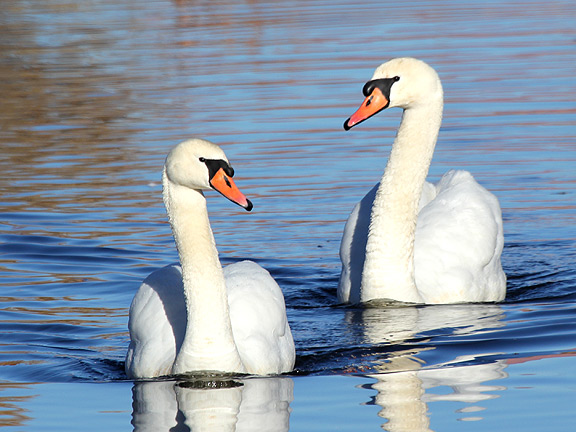
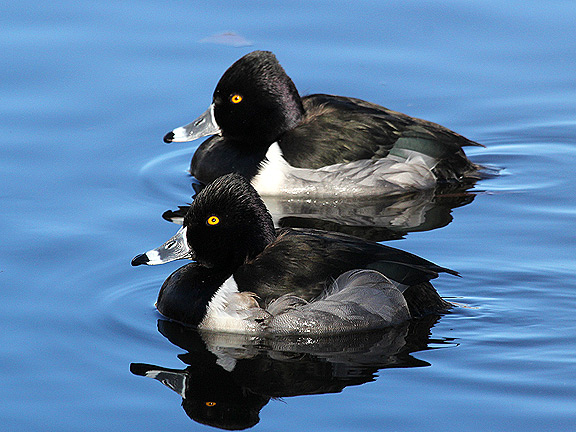
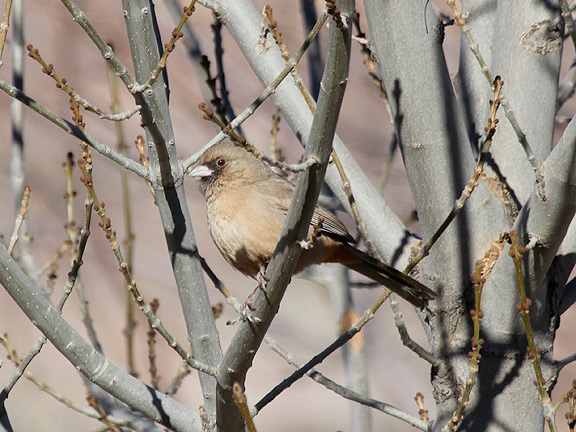
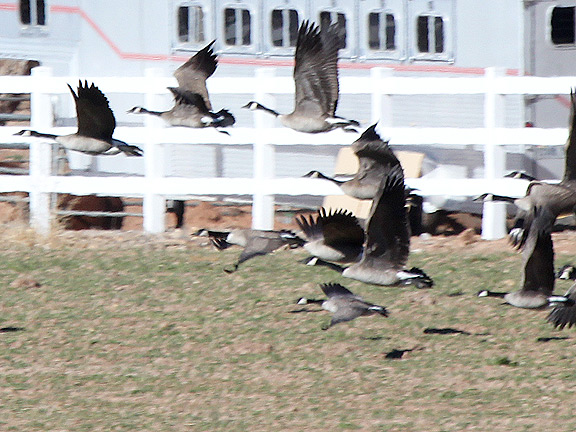



5 Comments:
I cannot tell you how much I love these accounts. The pictures are wonderful. You have given me new names to look up and view on the internet. I had to look up the sticker and what it is for-http://www.utahbirders.com/submit-profile. Such a great idea.
Great report. Sounds like a fun trip... despite the tire troubles. Washington County birding is amazing. The Oriole is amazing. Any owl sighting is amazing. A dark Ferrug is over-the-top amazing.
The joys of pursuing our hobbies! I remember when I was a marathoner picking up lots of crazy experiences people wouldn't believe--all as a result of being a little extreme. Birding seemed much more passive when I started, but it's been a bit dangerous and terrifying at times. I guess when you spend a lot of time doing anything you are going to chalk up some crazy stories and memories. Nice report!
thanks for all the tips we saw almost all of them :)
@arianenewell: glad you enjoyed! THanks for the comment!
@Shyloh: Thanks dude! With the bad came lots of good!
@Jeff C: Thanks Jeff! Very true about the more you do, the more likely you are to have some good stories! I can't even share the best ones :)
@suzerq: You Welcome! Glad it helped you out!
Post a Comment
Subscribe to Post Comments [Atom]
<< Back to Previous